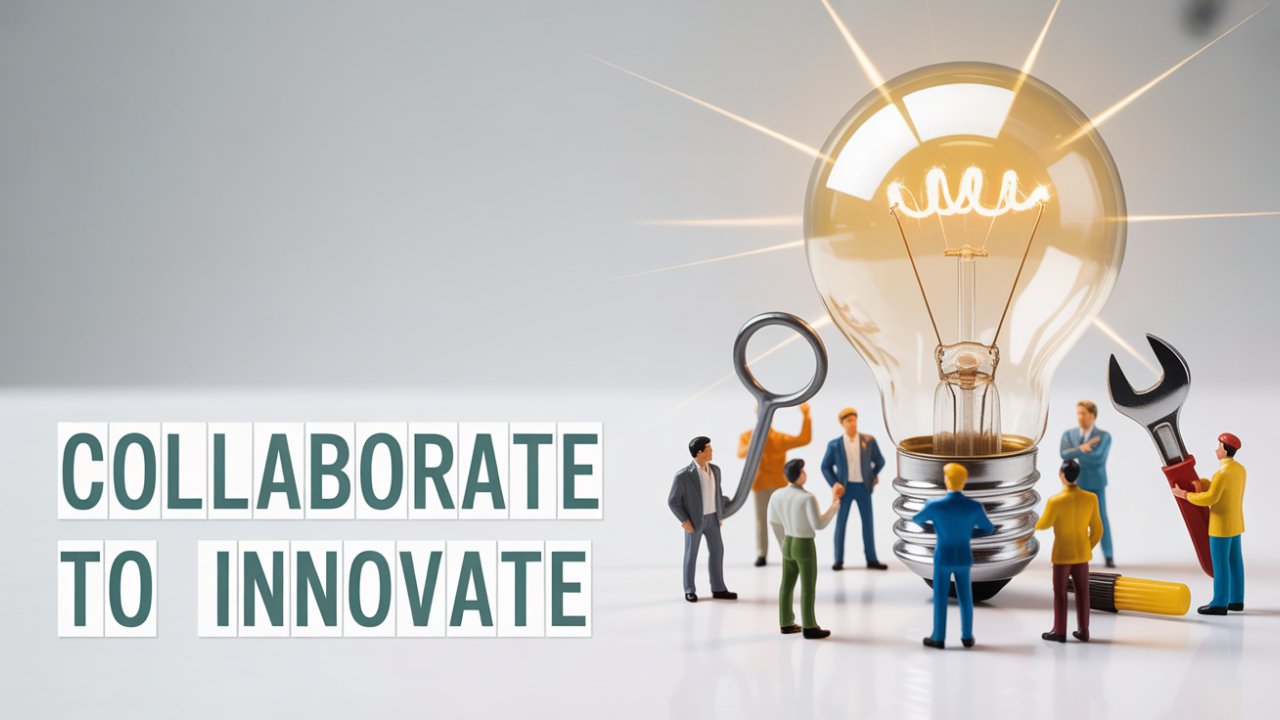Today, innovation is no longer limited to a single field or specialization. Organizations and individuals who combine knowledge and skills from different fields often create the most creative and effective solutions. This is also explained in the blog “Interdisciplinary competencies and innovation” by i2Insights. According to them, interdisciplinary mindset means understanding the knowledge and experience of different fields and using it for collaboration to increase collective creativity. On the other hand, interdisciplinary skillset includes all those personal and professional abilities that come from experience in various sciences, technology, humanities, business and trades. The combination of these two opens the way to real innovation.
Key Ways to Develop Interdisciplinary Capabilities
i2Insights has suggested some key ways to implement interdisciplinary skills and innovation, by focusing on which we can become more creative and effective individually and organizationally.
1. Recognizing Previous Knowledge and Skills
Every person has some prior knowledge and experience. It is very important to recognize it and use it properly. If we adopt a “Growth Mindset”, that is, look at our experiences and abilities as an opportunity to learn and improve, then we can easily learn in new areas and increase our capabilities.
Example: If an engineering student, who has experience in programming, tries to understand the basics of marketing, then he can find better product solutions by combining technical and business perspectives.
2. Flipping the Innovation Pyramid
Innovation does not always have the role of senior officials or only management. Reversing the “Innovation Pyramid” means giving leadership to people who have direct experience of a problem. Along with this, they should get the opportunity to learn from the knowledge of other teams and areas and do cross-training.
Example: Involving nurses and doctors in a hospital in the process of creating new digital health tools, rather than just the IT department, makes innovation more effective from the point of view of the real user.
3. Inclusive Thinking and Relationship-Based Responsibility
The inter-disciplinary approach also teaches why it is important to include people from different fields and backgrounds. This brings diverse ideas to the team and everyone’s individual capabilities are used properly. This not only provides a comprehensive solution to the problem, but also develops transferable skills of team members, that is, skills that can be used in any field.
4. Implementing Ideas
Just having good ideas is not enough, it is important to implement them. For this, teamwork, collaboration and respect for different views are necessary.
Example: When developing a prototype of a new technology, the combined efforts of engineering, design, and marketing teams can lead to an effective and user-friendly solution.
5. Micro-Credentials and Mini-Courses
One way to develop interdisciplinary skills is to take online courses and certifications. Many professional organizations offer webinars and short-training programs. These mini-qualifications are a great way to showcase one’s knowledge and experience.
Example: A marketing expert who takes a data science micro-credential can combine both digital marketing and analytics to create more effective strategies.
6. Reflective Practices
Interdisciplinary skills require us to challenge our old thinking and knowledge. This is called unlearning and reframing.
Example: If we believe that the only technical solution to a problem is the right one, we can add different perspectives to it, such as sociology, psychology, or even design approaches. This makes solutions more comprehensive and effective.
Interdisciplinary Interactivity
All Things Innovation explained in “Inviting Interdisciplinary Innovation Collaboration” why interdisciplinary collaboration is important in an organization or research project. Large companies tend to have walls or “silos” between departments, which hinder projects and communication.
Benefits of Interdisciplinary Collaboration
- Diverse Perspectives: People from different fields think differently. Theories from psychology can bring new perspectives to UI/UX design, leading to creative solutions.
- Holistic Problem-Solving: Complex problems are often not solved with knowledge from a single field. Engineers, business experts, and designers together can create a complete understanding of the problem.
- Cross-Pollination of Ideas: Ideas from one field can create new solutions in another, such as healthcare technology inspired by biology.
- Faster Innovation Cycles: Collaboration across departments speeds up processes, allowing new products and services to reach the market faster.
- Reduced Risk of Groupthink: Diverse ideas reduce the tendency to blindly follow consensus and improve the quality of solutions.
- Enhanced Problem Identification: Looking at problems from multiple angles helps uncover hidden challenges.
- Improved Innovation Culture in the Organization: Interdisciplinary collaboration fosters creativity and innovation, creating a continuous stream of new ideas.
Upcoming FEI 2024 Conference
The FEI 2024 Conference (10–12 June) will host a session on “Uniting Changemakers: Unleashing Innovation Through Interdisciplinary Interactivity”. Innovation leaders from leading companies will share their experiences, including:
- Liza Sanchez, Procter & Gamble
- Christian Saclier, PepsiCo
- Dakota Crow, U.S. Bank
The session will explore how organizations can drive innovation by bringing together experts from different departments and sectors.
Knowledge Sharing and Driving Innovation in Organizations
Interdisciplinary collaboration not only leads to better solutions, but also makes organizations more flexible and adaptive. It also gives the organization a competitive advantage.
Example: When developing a new technology, a joint effort of design, marketing, and technical teams can lead to a timely and market-ready product.
Conclusion
i2Insights concludes that in a knowledge-based society, fostering innovation by adopting an interdisciplinary approach is useful at every level—be it research, education, or personal career development. It is important for both organizations and individuals to develop their interdisciplinary capabilities. This not only leads to solutions but also creates a creative and innovative environment.
Finally, it is important to understand that innovation no longer depends on expertise in one field alone. Real and effective innovation is possible only when various knowledge, experience, and skills are combined.
